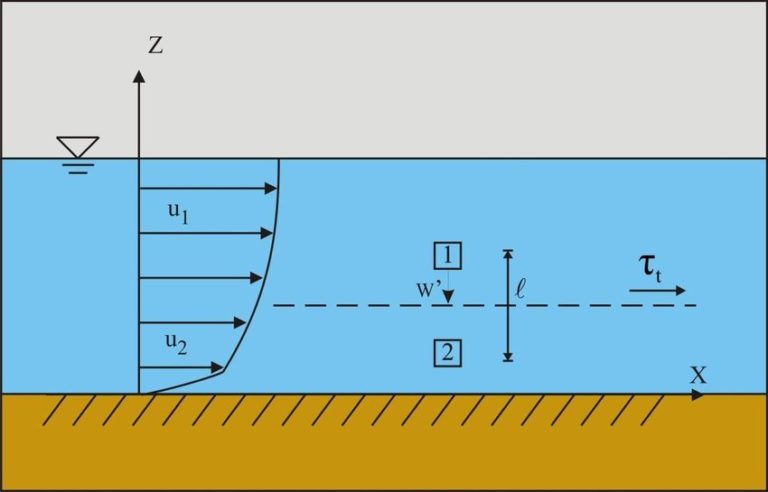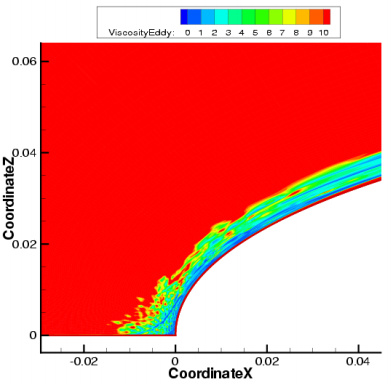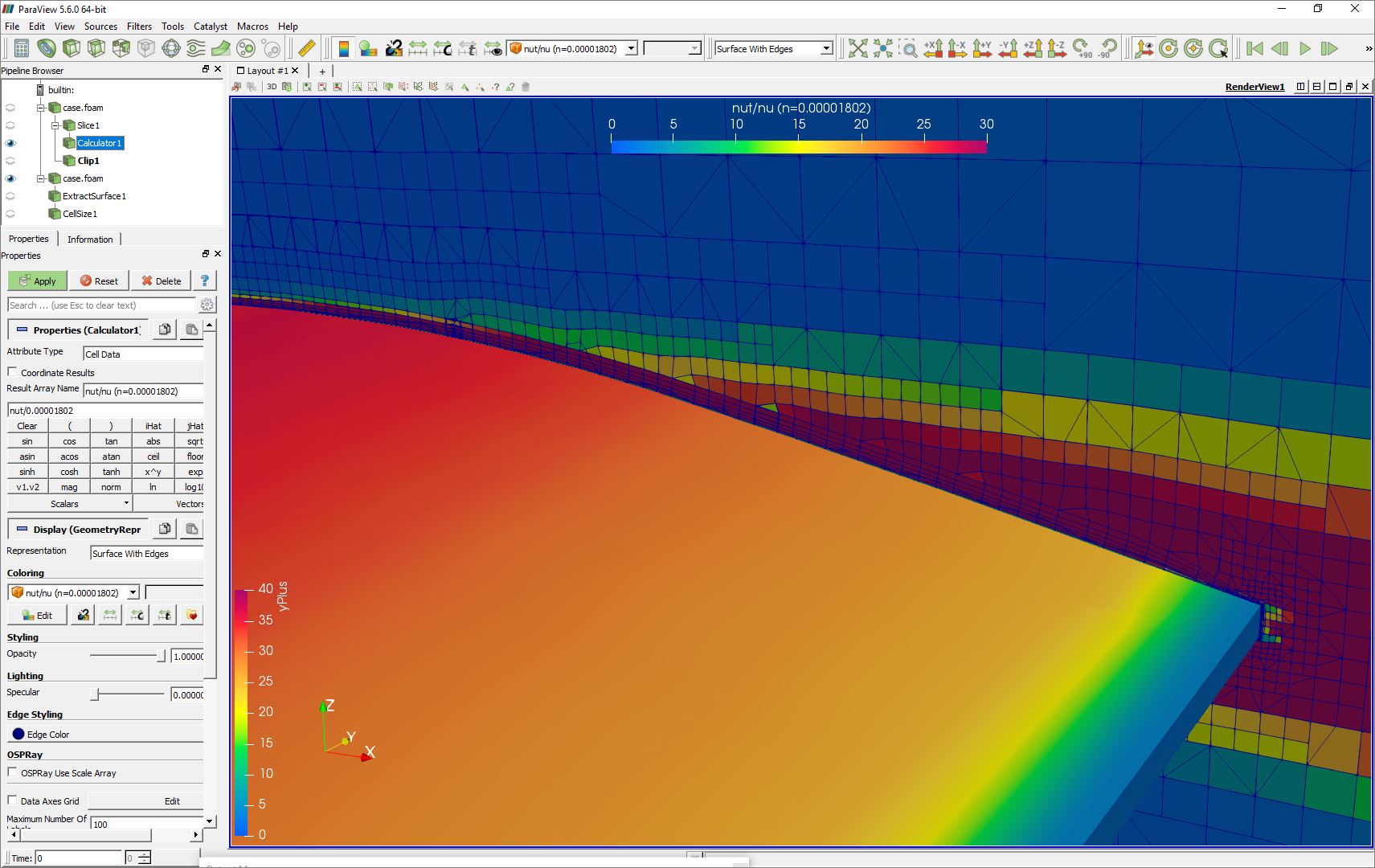

^ Cercignani, Carlo (1975), Theory and Application of the Boltzmann Equation, Elsevier, ISBN 978-0-3.George (2004), Equilibrium and Non-Equilibrium Statistical Thermodynamics, Cambridge University Press, ISBN 978-3-8 ^ a b Bellac, Michael Mortessagne, Fabrice Batrouni, G.(1970), The Mathematical Theory of Non-Uniform Gases (3rd ed.), Cambridge University Press 'Transient-time-correlation functions and the rheology of fluids'. ^ 'Quantities and Units of Viscosity'.^ ASTM D 2161 (2005) 'Standard Practice for Conversion of Kinematic Viscosity to Saybolt Universal Viscosity or to Saybolt Furol Viscosity', p.Encyclopaedia of Historical Metrology, Weights, and Measures, Volume 1.

'Encyclopaedia of Historical Metrology, Weights, and Measures'. 'Antique windowpanes and the flow of supercooled liquids'.

Journal of the Society of Materials Science (Japan). 'Long-term Creep of Rocks: Results with Large Specimens Obtained in about 20 Years and Those with Small Specimens in about 3 Years'. ^ Kumagai, Naoichi Sasajima, Sadao Ito, Hidebumi (15 February 1978).(2007), Transport Phenomena (2nd ed.), John Wiley & Sons, Inc., ISBN 978-9-8 18 (Note that this source uses a alternate sign convention, which has been reversed here.) (1987), Fluid Mechanics (2nd ed.), Pergamon Press, pp. (2007), Transport Phenomena (2nd ed.), John Wiley & Sons, Inc., p. Oxford: Blackwell Scientific Publications. IUPAC Compendium of Chemical Terminology. ^ Nič, Miloslav Jirát, Jiří Košata, Bedřich Jenkins, Aubrey, eds.^ Balescu, Radu (1975), Equilibrium and Nonequilibrium Statistical Mechanics, John Wiley & Sons, pp.Joback method (estimation of liquid viscosity from molecular structure).An example of such a procedure is the Sutherland approach for the single-component gas, discussed above. Newton's law of viscosity is not a fundamental law of nature, but rather a constitutive equation (like Hooke's law, Fick's law, and Ohm's law) which serves to define the viscosity μ which reasonably match experimental data, the collisional integrals typically must be evaluated using some combination of analytic calculation and empirical fitting.


 0 kommentar(er)
0 kommentar(er)
